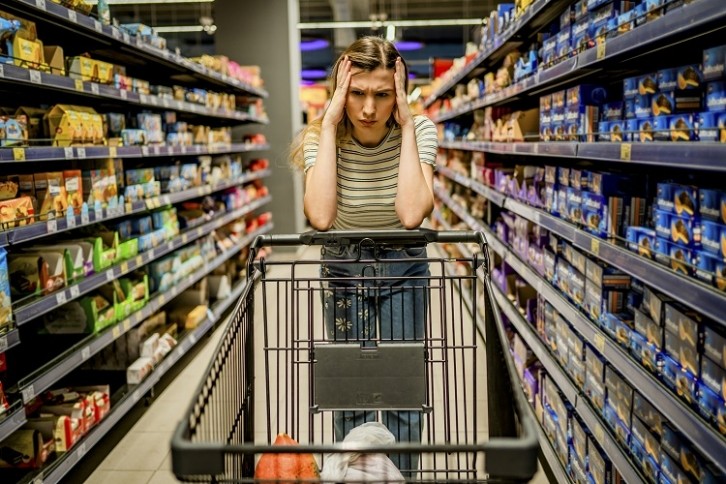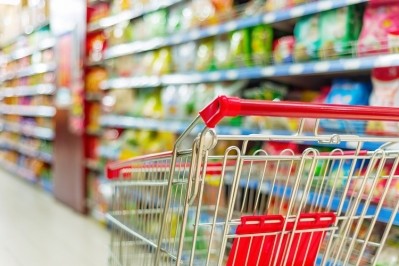‘Greedflation’ muddies the food industry’s financial landscape

Amid the cost-of-living crisis, the food and non-alcoholic beverage industry has been battling rising and stubborn inflation rates, tightening the squeeze on consumer spending.
Data on European inflation (in the euro area) indicates it has dropped from its peak of 10.6% in October 2022 to 2.9% in October 2023. However, food inflation was 7.4% in October 2023, Eurostat confirmed. While what is known as real food inflation, which refers to the rate of food inflation minus overall inflation, sits lower at 4.6%, this figure remains higher than the overall inflation rate. With household budgets already stretched, this puts further pressure on consumers to alter their spending habits.
Increased food and drink costs are a challenging but accepted outcome of high overall inflation rates. Yet when overall inflation reduces, but food inflation remains elevated, which was the case that emerged following October 2023 data, this brings with it confusion and questions. In October 2023, annual food and non-alcoholic beverage inflation surpassed overall inflation in 33 of 37 European countries, Eurostat data revealed.
A consequence of cost-of-living?
“The cost-of-living crisis has hit most sectors, particularly food,” Camille Perrin, Food Team Leader of the European Consumer Organisation (BEUC), told FoodNavigator. A leading cause behind high food inflation is the cost of living crisis. With inflation reaching 9.2% in 2022, a record level, it may lead some to consider whether food inflation remaining high is a knock-on effect and just taking a while to catch up.
Prices had started to increase before the Russian invasion of Ukraine, Perrin confirmed, “but clearly the dependence of European Union (EU) agriculture on fossil fuels and imported inputs and animal feed are what is driving food prices up”.
The climate crisis, typified by the recent floods in Greece, has also impacted food production, adding to food bills. While socioeconomic factors may play a contributing role in food inflation levels, they may not tell the whole story.
“There are also suspicions of price gouging by some actors who have reaped significant profits by taking advantage of the inflationary context to increase their prices more than necessary to compensate for the increase in production costs,” added Perrin.
Inflating production impact
“There is emerging evidence that corporate profiteering—instead of competing fairly—is driving some of this recent inflation,” said Perrin. The presence of such profiteering, known as ‘greedflation’, poses a risk to the entire food and beverage value chain, affecting trust and confidence in brands, their products and pricing.
In June 2023, the International Monetary Fund (IMF) published data confirming that rising corporate profits were the most significant contributing factor to inflation over the past two years, with companies pushing up prices by more than the rising energy costs.
“At BEUC, we believe that competition authorities must step in if competition issues are at least in part driving inflation,” Perrin said.
Food inflation expectations in 2024
With general inflation going down, consumers expect food prices to drop too. “Where this does not happen, competition authorities need to step in and investigate practices in the food supply chain,” Perrin urged.
“If prices are being driven up at least in part by high market concentration levels, or dominant market players abusing their market power, or collusion, competition authorities should consider what they can do to ensure markets are functioning properly for consumers,” Perrin added.
Industry calls to examine and stop ‘greedflation’ are gathering pace. On 29th November 2023, four French consumer organisations called on the French government to clamp down on excessive profits by large food manufacturers and retailers and to mandate full transparency on margins by those actors.
“Consumers also expect supermarkets to do more to make food affordable, notably by targeting price promotions on healthy food,” said Perrin.






